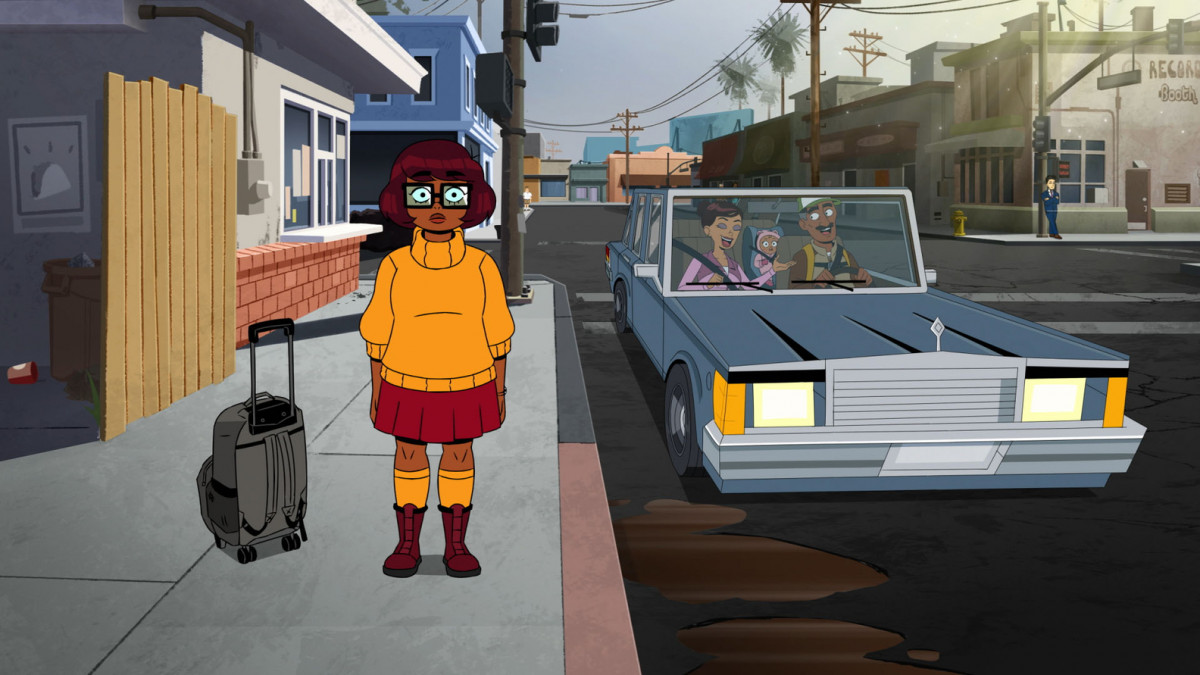(Photo courtesy of The Boston Globe) “Velma” has strewn so far from the source material it is almost unrecognizable.
Troy Lafond
Connector Editor
A few of the hallmarks of recent entertainment media include a constant barrage of remakes and recreations of classic IPs, maturing classic IPs for older audiences, meta fourth-wall breaking comedy and a growing surge of adult animated comedy. For an encapsulation of these trends in the absolute worst way possible, look no further than HBO Max’s new Scooby-Doo-less “Scooby-Doo” adaptation “Velma”.
Charlie Grandy, frequent writer of “Saturday Night Live” and “The Office”, serves as the developer and creator, while Mindy Kaling, writer of “The Office,” “The Mindy Project,” “Never Have I Ever,” and “The Sex Lives of College Girls” and actor in the former two, serves as executive producer and the voice of the titular Velma. The main voice cast is rounded out by Glenn Howerton as Fred, Sam Richardson as Norville and Constance Wu as Daphne.
Throughout the half-hour pilot, “Velma” goes through extensive care to ensure that the lowest common denominator audience cannot miss the slightest detail that happens. Characters go through great lengths to explicitly describe their character arcs, the plot beats and the world around them, to a degree that carefully toes the line between being meta and being bad writing. Many of these points seem intended to be humorous, but the only jokes that land are unintentional.
Characters are nothing like any iteration of former “Scooby-Doo” versions of themselves, so much so that “Velma” may as well be an unrelated show with similar character names and designs. This has nothing to do with bad-faith criticisms of race-bending the characters, and everything to do with the bizarre character assassinations. Making “Scooby-Doo” characters be outright mean to each other and everyone around them is a befuddling decision guaranteed to appeal to no one.
While “Velma” does try to tackle more serious issues than its source material, the unfunny and often outright bad writing ruins any potential moments where they have an opportunity to make a strong statement. Making Velma deal with panic attacks is an interesting creative choice, and the visual animation representation of her panic is often quite effective but having her resolve her central panic attack in the pilot through laughing at Norville completely undoes any normalization of mental illness that this character arc could otherwise bring about.
While the voice cast and animators do a serviceable job with the material they have been given, the framework that “Velma” has been built upon is too fundamentally flawed for these efforts to mean anything, especially when they are not noticeably good enough to watch the show for. These factors stand out less as a genuinely positive quality and more for being the few elements here that are not outrageously bad.
At its core, “Velma” is a show without an audience: it disregards prior “Scooby-Doo” characterizations without effective elements for newcomers to the franchise, its boundary-pushing jokes serve to offend its progressive audience while having already alienated its conservative one and its dumbs its storyline down to only be enjoyed by a child while being far too adult in its humor to be consumed by them. “Velma” is an unwatchable mess, seemingly generated to create the most negative publicity possible to get as many eyes on it as possible.
Overall Grade: F




